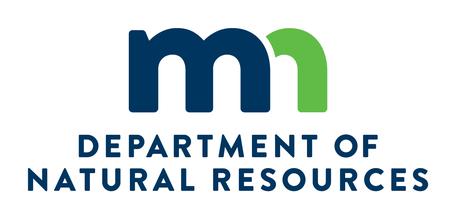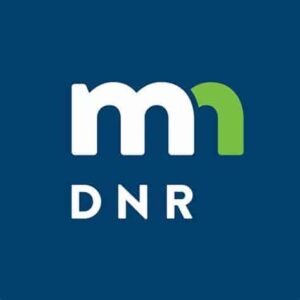The Minnesota Department of Natural Resources reminds lake property owners to carefully check boats and trailers, docks and lifts, and all other water-related equipment for invasive species when removing equipment for seasonal storage.
Several zebra mussel confirmations in recent years were initially reported by property owners and lake service providers removing docks, boats and boat lifts.
“This is a good time of year for people to check for invasive species when taking equipment out of the water because animals like zebra mussels attach to surfaces like docks, lifts, and boat hulls that have been in the water over the summer,” DNR Invasive Species Unit Supervisor Kelly Pennington said.
Whether pulling equipment directly onto shore for the winter or transporting it on the road to a storage location, it is important for equipment owners to take steps to help prevent the spread of aquatic invasive species.
Remember to:
- Keep docks and boat lifts out of the water for at least 21 days before putting them into another body of water. This is state law.
- Look on the posts, wheels, and underwater support bars of docks and lifts, as well as any parts of boats, pontoons, and rafts that might have been submerged in water for an extended period.
- If hiring a lake service provider to install or remove boats, docks, lifts, or other water-related equipment, check that they are on the permitted lake service provider business list (webapps15.dnr.state.mn.us/ais_business_training/
lake_service_provider_permits/public_website_list). These businesses have attended training on Minnesota’s aquatic invasive species laws, and many have experience identifying and removing invasive species. - Equipment owners may need a no-cost transportation permit (mndnr.gov/invasives/ais_transport.html) to transport equipment from an access or shoreline property if it cannot be completely cleaned of aquatic plants or prohibited invasive species before transport.
- People should contact an area DNR aquatic invasive species specialist (mndnr.gov/invasives/ais/contacts.html) if they think they have discovered an invasive species that has not already been confirmed in their lake.





